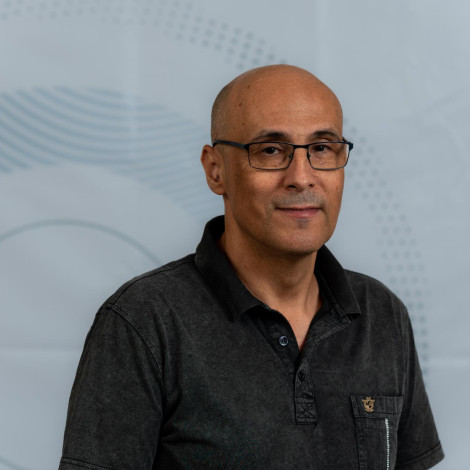
Prof. David Enshell-Seijffers
The hair follicle as a model for understanding developmental processes and regulation of stem cells in the embryo and mature animal.
CV
Dr. David Enshell-Seijffers is Vice Dean, Strategic Planning. His lab focuses on the hair follicle as a model for understanding developmental processes and regulation of stem cells in the embryo and mature animal.
Research
Development is a relatively slow process of progressive change that transforms a fertilized egg into a multicellular organism. Our lab studies the principles and the underlying molecular mechanisms that dictate developmental processes. We explore how pattern is formed at the molecular level when morphology is yet an abstract entity, and how this pattern is translated into a three dimensional structure with physiological functions and broad cellular diversity. Part of the process of organ formation (organogenesis) is the embryonic establishment of maintenance mechanisms that sustain organ functionality in the adult. In some organs, such as the intestine and skin, these maintaining mechanisms rely on the presence of stem cells. This requires first the specification of stem cells during embryogenesis and subsequently the maintenance of their stemness properties in a non-permissive environment. Therefore, organogenesis often includes the formation of a unique environment called the niche that sustains stem cell properties while allows differentiation programs to replenish the organ. A major task in our lab is to understand how these two opposing features of the niche are obtained and to reveal the role of the interactions between stem cells and their niche in regulating stem cell activity. Furthermore, developmental processes occur within a time window that must be precisely defined to coordinate multiple events. For this, a biological clock must be incorporated into the developmental process, and one aim of our lab is to understand the molecular mechanisms underlying such biological clocks. To address these questions, we use the hair follicle as a model system.
Last Updated Date : 10/09/2024



